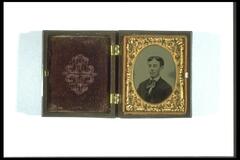816 UMMA Objects
816 UMMA Objects
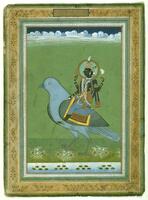
Artist Unknown, India, Rajasthan, Jaipur School
Iconography series: Vishnu mounted on a blue bird
1835 – 1845
Gift of Professor Walter M. and Nesta R. Spink
1988/1.84
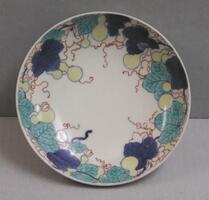
Artist Unknown, Nabeshima ware, Japan
Plate with gourd and vine design (one of five with 1964/1.100 and 102-104)
1700 – 1732
Museum purchase made possible by the Margaret Watson Parker Art Collection Fund
1964/1.101
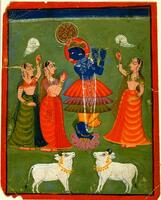
Artist Unknown, India, Rajasthan, Mewar School
Krishna Fluting
1695 – 1705
Gift of Mr. George P. Bickford for the James Marshall Plumer Memorial Collection
1964/2.120
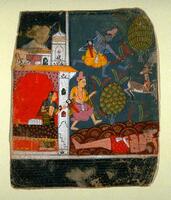
Artist Unknown, India, Central India, Malwa School
Râmâyana manuscript page: Rama kills the deer (folio no. 31)
1635 – 1650
Gift of Mr. George P. Bickford for the James Marshall Plumer Memorial Collection
1964/2.111
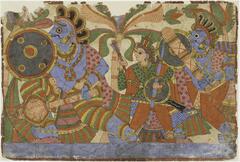
Artist Unknown, India, Maharashtra, Paithan School
Warriors going into battle from a Mahabharata series
1800 – 1866
Gift of Dr. and Mrs. Leo S. Figiel and Dr. and Mrs. Steven J. Figiel.
1975/2.150

Artist Unknown, India, Rajasthan, Jaipur School
Ragamala series: Ragini Bilavala
1745 – 1755
Gift of Dr. and Mrs. Leo S. Figiel and Dr. and Mrs. Steven J. Figiel.
1975/2.154
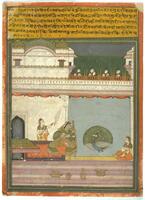
Artist Unknown, India, Rajasthan, Jaipur School
Ragamala series: Ragini Gujari
1745 – 1755
Gift of Dr. and Mrs. Leo S. Figiel and Dr. and Mrs. Steven J. Figiel.
1975/2.157
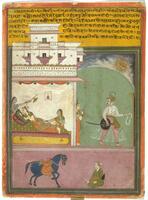
Artist Unknown, India, Rajasthan, Jaipur School
Ragamala series: Lalit Ragini
1745 – 1755
Gift of Dr. and Mrs. Leo S. Figiel and Dr. and Mrs. Steven J. Figiel.
1975/2.159
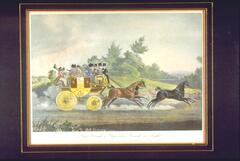
Artist Unknown
Stage Coach and Opposition Coach in Sight
Gift of Mr. and Mrs. Colton Storm
1949/1.144A
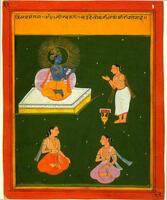
Artist Unknown, India, Rajasthan, Mewar School
Bilvamangala series
1720 – 1730
Gift of Dr. and Mrs. Leo S. Figiel and Dr. and Mrs. Steven J. Figiel
1983/2.113
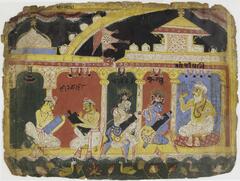
Artist Unknown, India, Uttar Pradesh, Chaurapancasika Style
Bhagavata Purana series: Krishna and Balarama Studying with the Brahman Sandipani
1525 – 1550
Gift of Dr. and Mrs. Leo S. Figiel and Dr. and Mrs. Steven J. Figiel
1983/2.104
Loading…
